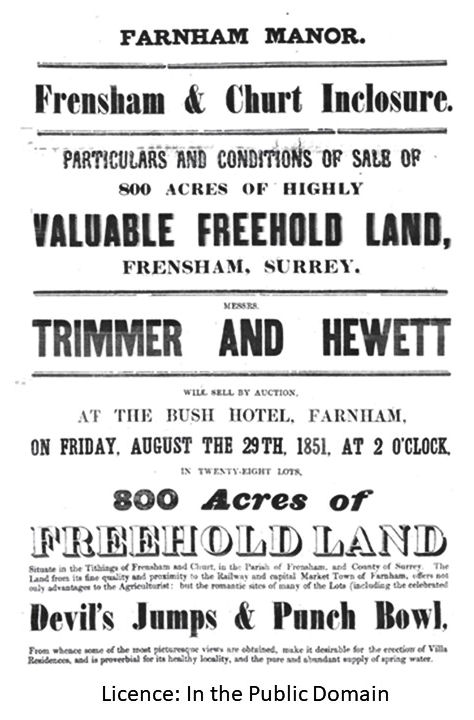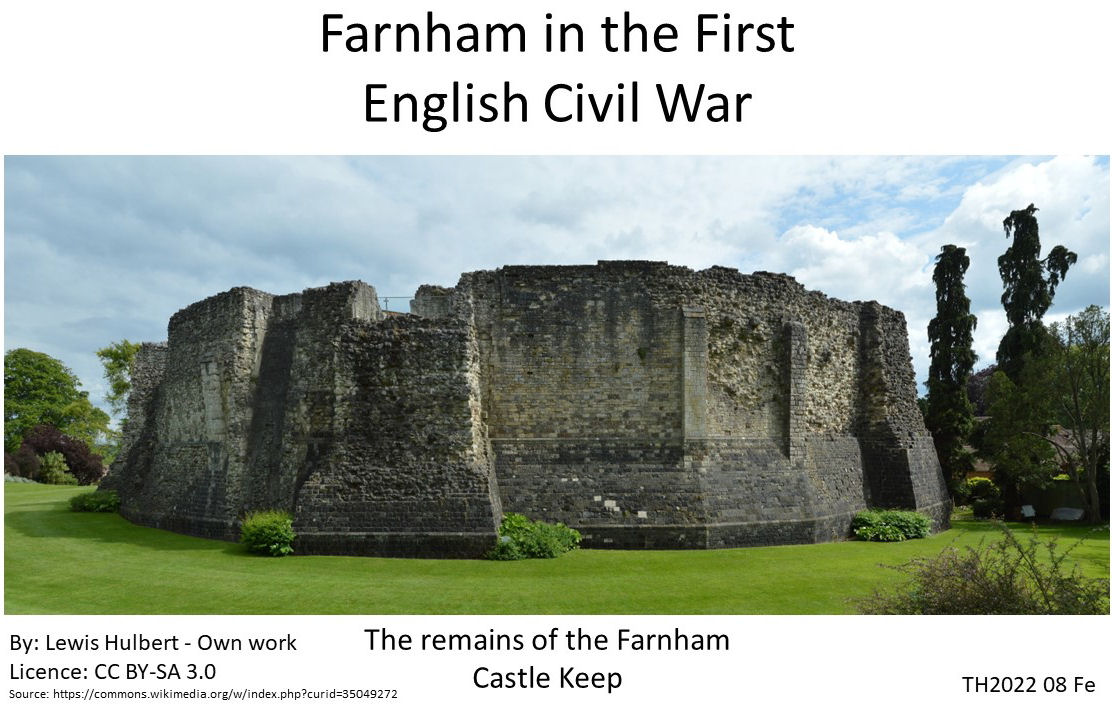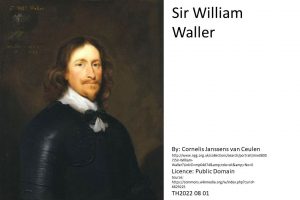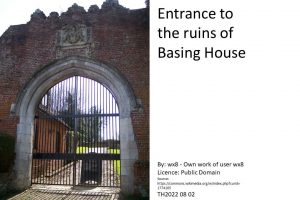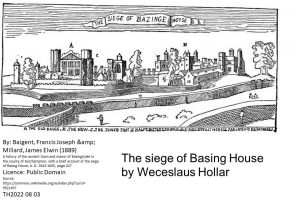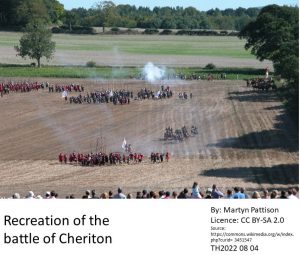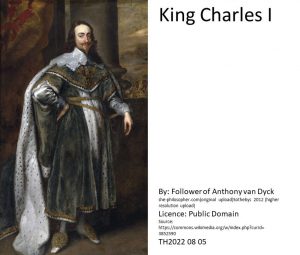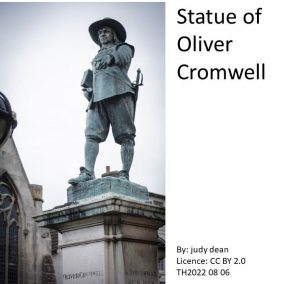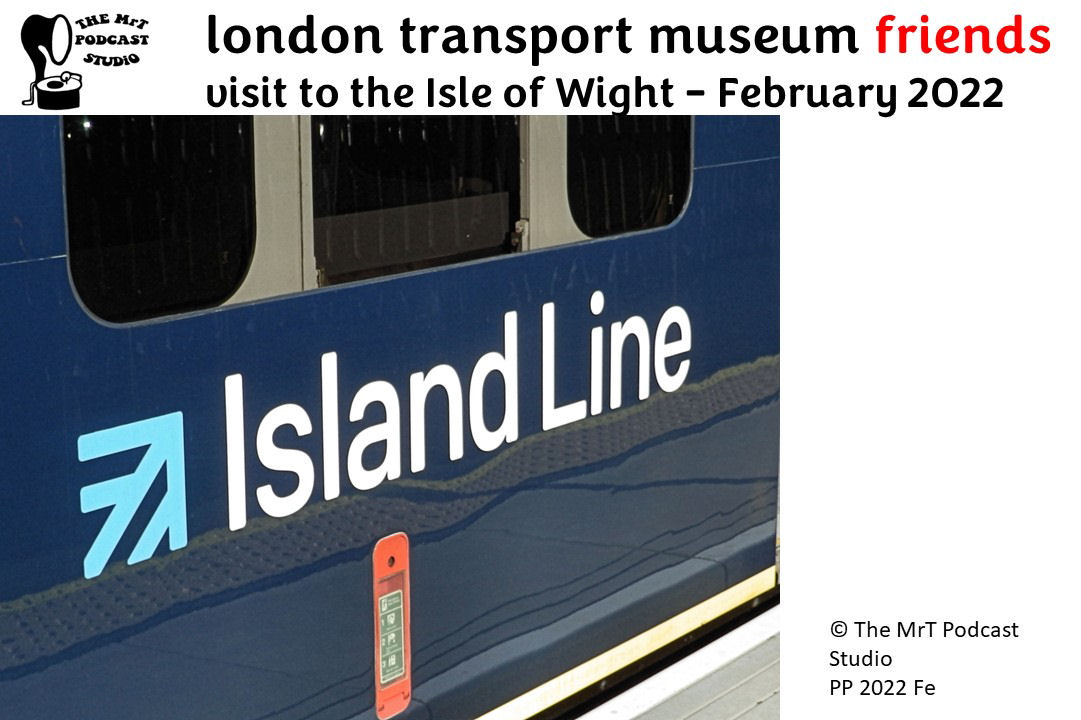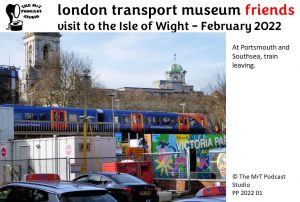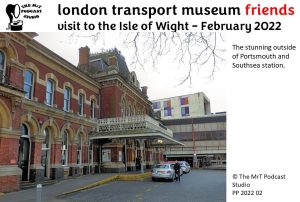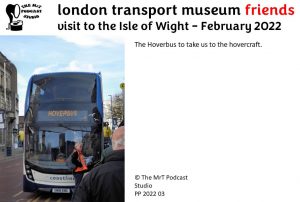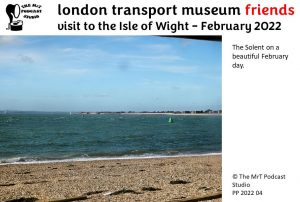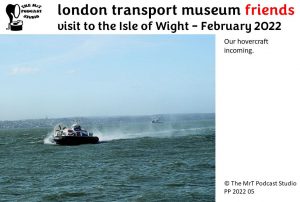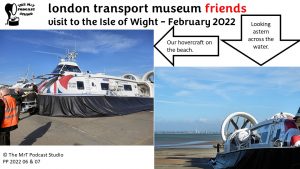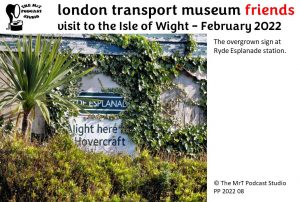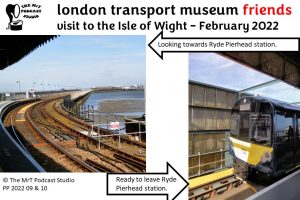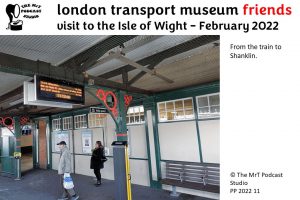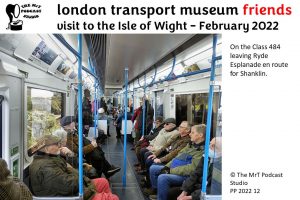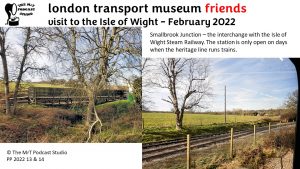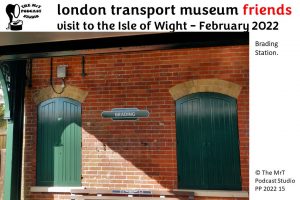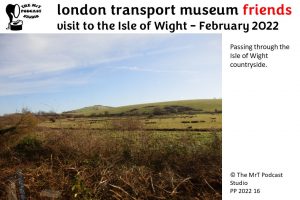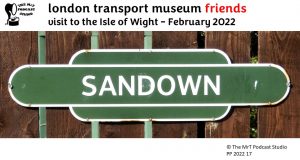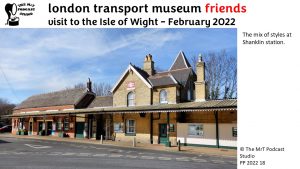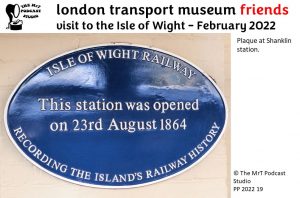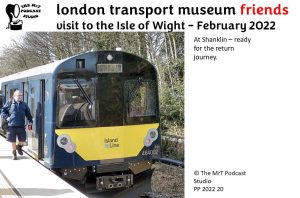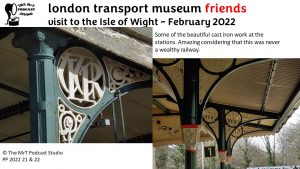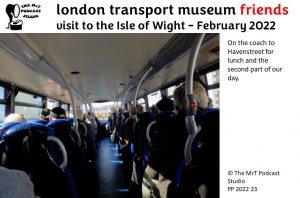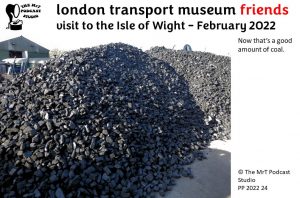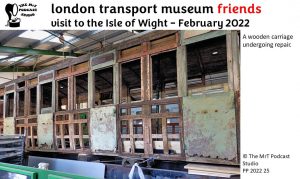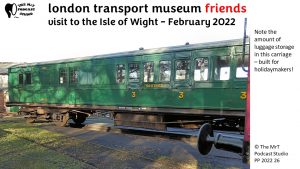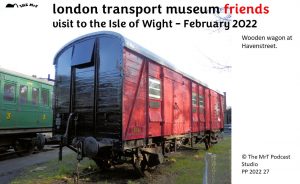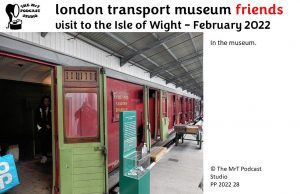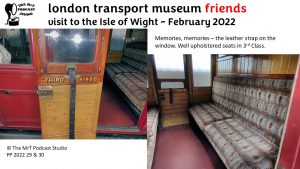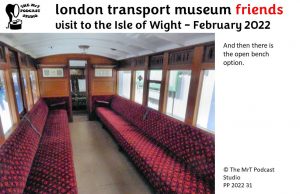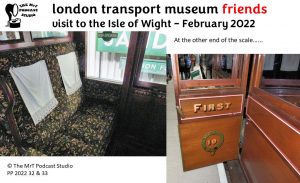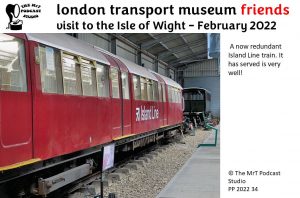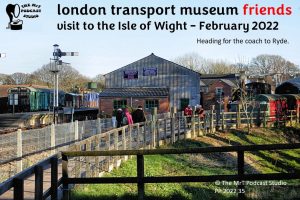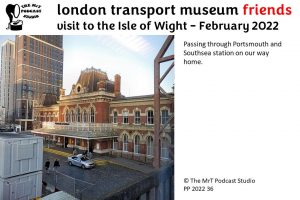Podcast: Play in new window | Download (Duration: 29:04 — 26.6MB)
Season 2022 – Talk 09 – Inclosure
Inclosure – or in today’s spelling Enclosure – is a talk where Gillian Devine tells us about the effects of Inclosure on society. She takes the example of the Inclosure of parts of the Manor of Farnham.
What does ‘Inclosure’ mean?
Inclosure is the process where land that had previously been open to anyone became private property. It includes fencing the land, using walls and hedges to create private estates.
The ‘peasants’ farmed strips of land for centuries, Inclosure collects these together and removes the ‘peasants’ from the land.
The Board of Agriculture:
In the 1790s the Board of Agriculture sends surveyors out across the country to survey the wasteland, or common land. When they survey Frensham they do not see it as a place where you can make a living through cultivation because their report states that it is sandy soil with loamy spots.
Act of Parliament:
Inclosure requires an act of Parliament. For many years Inclosure proposals from across the country are bundled up in annual Inclosure Parliamentary business.
The owners of one third of the land proposed for enclosure are required before a proposal can be made.
Some of the land proposed can be sold to cover the costs of the process, because of this 800m acres are offered for sale at an auction in Farnham.
The National Trust:
We are lucky that much of the land covered by the Farnham Inclosure is now owned by the National Trust and we can walk across Frensham Common and Ponds, and the Devils Punchbowl at Hindhead. Of course these commons are not common land because the National Trust owns them.
Listen to the podcast and hear Gillian Devine tell the full story the effect on the inhabitants of the Farnham Manor.
About this podcast:
This is an edited recording of a talk given to the Farnham u3a World History Group. It is not possible to use many of the images in the original talk for copyright reasons.
The Farnham u3a site is here.
You can also listen using Amazon Music, Apple Podcasts, Castbox , Deezer, Podchaser, Spotify, Stitcher and Vurbl and others.
AKM Music licenses Media Magazine for use as the theme music.
© The MrT Podcast Studio and Farnham u3a World History Group 2018 – 2022

